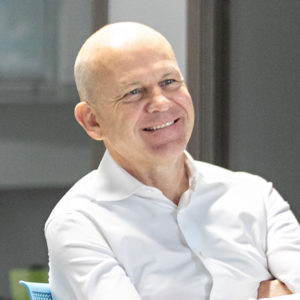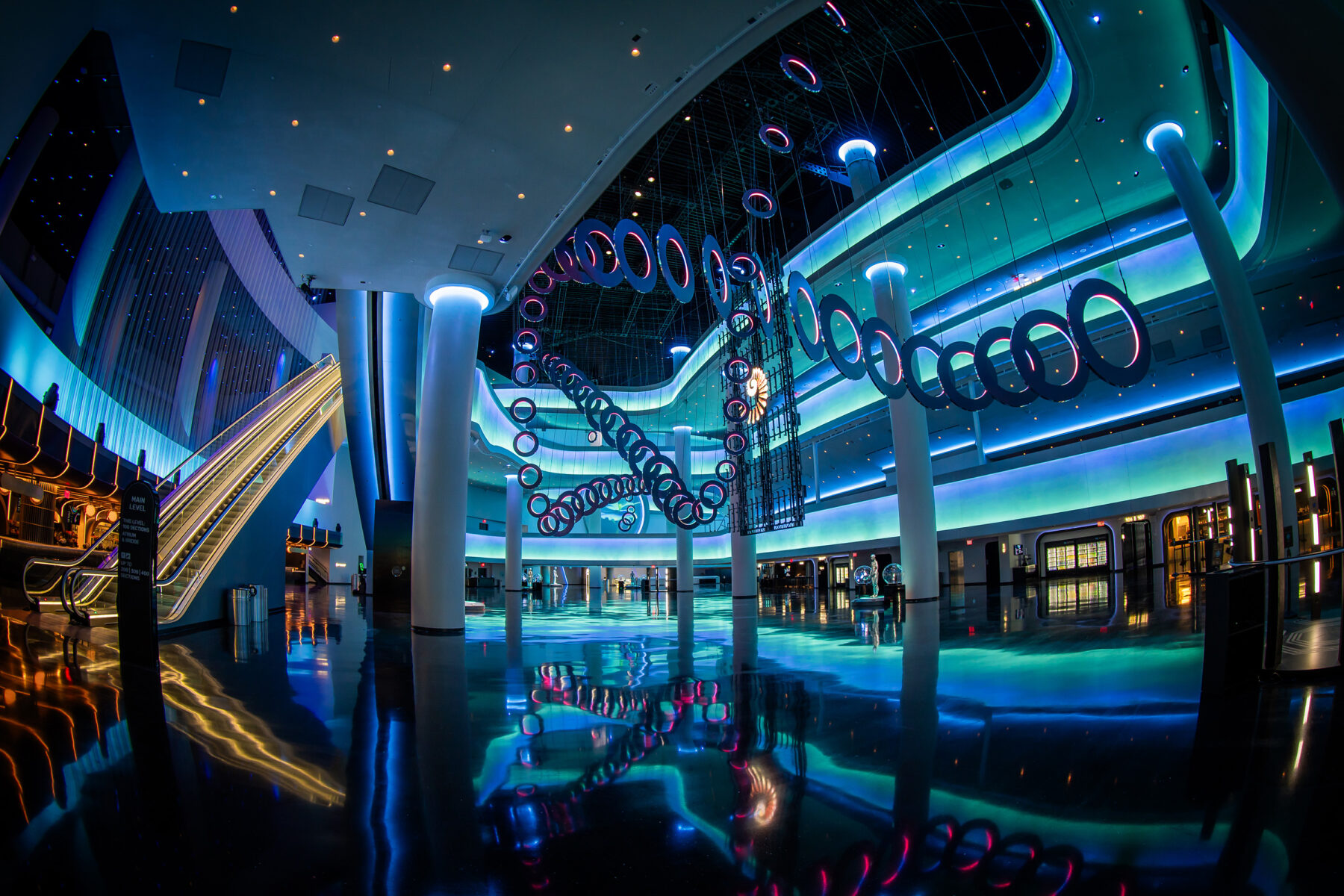Framing the Opportunity, Part 2: Maintaining Alignment and Distilling Complexity Throughout the Development Process
In Part 2 of our Framing the Opportunity series, we’ll explore how developers can better ensure that their vision will come to life accurately and profitably through these critical considerations and processes.
Once all stakeholders are aligned on a theme park or entertainment destination concept, have framed the opportunity within the context of the dynamic industry, and outlined the why, what, how, and protocol of their vision for its desired location, they can continue to maintain alignment and distill complexity throughout the development process by:
• Determining a realistic and comprehensive budget.
• Planning and scheduling efficiently.
• Referring back to, and updating, core documents.
In Part 2 of our Framing the Opportunity series, we’ll explore how developers can better ensure that their vision will come to life accurately and profitably through these critical considerations and processes.
1) Assess and Manage Costs Carefully

Budget is naturally a top factor when planning a themed destination in the early stages of the development process. Put simply, stakeholders must consider:
• How much will this project cost?
• Are enough funds available to complete the development process in a way that achieves the ultimate vision or goal?
That said, coming to an accurate cost estimate and ongoing cost management is a complex and critical undertaking. A development may never recover from a mistake and stakeholders could take years to recoup their losses.
Further, as a result of increased technological capabilities allowing for new experiences – 4D theaters, audio-visual mapping, ride systems with multiple degrees of movement, and autonomous ride vehicles, etc. – themed destination guests have come to expect no less than fast-paced, scenic, and immersive experiences and environments.

And these trends have driven up capital and development costs substantially.
In most cases, developers today will have to deliver a more economic product that strikes a balance between meeting today’s consumer demands and operating on a sustainable budget.
The rising costs of building theme parks can be mitigated to some degree by asking the right questions to determine expectations of regional park-goers, as well as evaluating which socioeconomic influences impact the location of a planned themed destination development.
Factors to consider when determining feasibility and budget in light of rising costs associated with traditional theme parks and similar destinations include:
• Understanding where the development falls on the Park Experience Index: The region and business plan will directionally guide the right type of park – defined by the attractions, food and beverage, guest services, and retail components. This should be determined long before the foundation is laid.
• Look at all variables of Park Programming: It is not only the components of a park that matter, but how each component is programmed, down to the smallest detail and fraction of a second. Influencing factors must be carefully calculated in conjunction with one another.
• Presenting a strategic Creative Mix: Not every park will cater to every single person. By strategically analyzing a location’s demographics and devising a creative mix of shows, rides, facilities, and other components, developers can create a park that will be utilized to its full extent.
In order to forecast the capital required to bring a developer’s vision to life as accurately as possible, our approach is to break down an investment assumption allocation with categories including land, site preparation, entitlements, design, production, construction, and others. Then, we draw from a thorough analysis of the project’s location, vision, risk assessment and other variables to fine-tune the budget and determine the best way to proceed.
2) Pace Efficiently with Thorough Planning and Scheduling
In traditional construction work, there are approximately 33 distinct divisions. In specialty construction, there are at least 113.
Theme park and entertainment destination projects diverge significantly from more traditional construction projects, and can involve hundreds – or even thousands – of tasks and variables, furthering the complexity. Having a clear idea of how a project will progress, what the job will require and when, and how much each step will cost, is critical to success.
The development process must therefore include both comprehensive planning (the thought behind the pacing) and scheduling (the documentation of the pacing).

Successfully pacing a project is ultimately about keeping scope, workstreams, and costs aligned to the agreed-upon schedule milestones. The four major pacing milestones we employ at nFusion, as introduced in Part 1, are the Gates of feasibility, deliverability, buildability, and operability.
It is also critical to set minor pacing milestones along the way, which allow for work to be managed in bite-size increments of three to four months each and creates a structure for the team’s integrated daily work plans.
When establishing these smaller milestones, it is essential to have a master planner/scheduler on your project who is responsible for integrating workplans with the various inputs from stakeholders, as well as monitoring and tracking activities and deliverables including submissions, reviews, and approvals.
There are two main approaches to scheduling we’re seeing today:
• Optimal, which places cost as a priority over time.
• Fast-track, which places time as a priority over cost by performing activities in parallel work streams rather than sequentially.
It is essential that project stakeholders have a thorough understanding of the potential risks and benefits associated with each approach.
In either case, setting milestones as outlined above and maintaining a lifecycle (or master) schedule looks at the project holistically, as well as a near-term schedule that looks at the project in three-to four-month increments, will help to integrate the work and remain on track and within budget.
Ultimately, the goal is to ensure that all parties understand how the work will be divided. Each team – from ride systems to control systems to audio visual to special effects to show systems, and many more – must know exactly when their work ends and another party’s work begins.
3) Strategically Facilitate the Way Forward
At nFusion, we believe that a significantly improved industry strike rate can be achieved through the alignment of the brief – or ‘why’ the project is appropriate (vision) – to the ‘what’ (scope), ‘how’ (delivery), and finally, to the ‘protocol’ of implementing the work.
As referenced in Part 1, the foundation we recommend consists of three essential and distinct documents:

Program Book: This document keeps a record of two important factors – why the project is being developed and what the scope is – and includes a rough outline of the timeline with key dates.
All scope details must be confirmed and aligned with this document before construction begins on a themed destination project, with all critical items having been addressed by the architect and engineers of record.
Delivery Plan: This contains how the project is delivered, including a detailed work plan and schedule.
Implementation Manual: This lays out the rules and protocols for the entire development process, through opening day. This includes which design tools and software as well as communication and documentation conventions are used and what approval processes to follow.
Fundamental versions of these documents should be completed before passing Gate 1, and they should be fully fleshed out by Gate 2, when deliverability is determined and project funding is committed.
At nFusion, we to help our clients to contextualize their visions amid increasing costs and competition and frame their opportunities in a way that is realistic. Our process includes accurate cost estimating and management, comprehensive planning and scheduling, and meticulous documentation to ensure all stakeholders are on the same page and stay on track throughout the duration of the development process and beyond.
By understanding the common challenges that arise in the early development stages and how to overcome them, developers have a much better bringing their themed destinations to fruition successfully.


